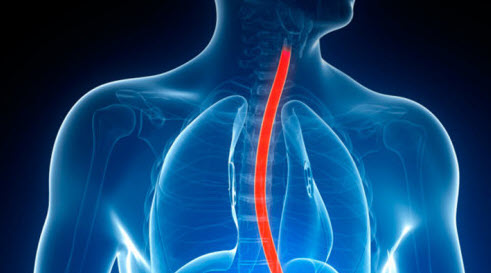Posted By:
Denise Clark
Category:
Gastroenterological Health
Many IBS sufferers spend years trying different remedies involving diet and lifestyle, only to find that just some of their symptoms are managed, but not all. Find out what a new study in 2023 revealed about the link between SIBO and IBS, and how it will change IBS diagnosis for many doctors going forward. Categories of IBS Symptoms Irritable bowel syndrome (IBS) is a common gastro-intestinal disorder that affects 10-15% of the population. Symptoms include abdominal cramping, pain, bloating, gas, and diarrhea or constipation, or both. Categories of IBS include IBS-D when diarrhea is predominant, and IBD-C is used when constipation is significant, or mixed when both are present. Not much has historically been known about the cause of IBS. It was considered to have both psychological and dietary causes that could be managed with changes that included avoiding food triggers and managing stressful situations. When Diet and Lifestyle Changes Aren’t Enough to Help IBS Managing the symptoms of IBS with diet and lifestyle alone does not always work. Although many see some improvement or even complete resolution of symptoms when they eliminate certain foods from their diet and improve how they manage stress, many have persistent symptoms despite these changes. ...






